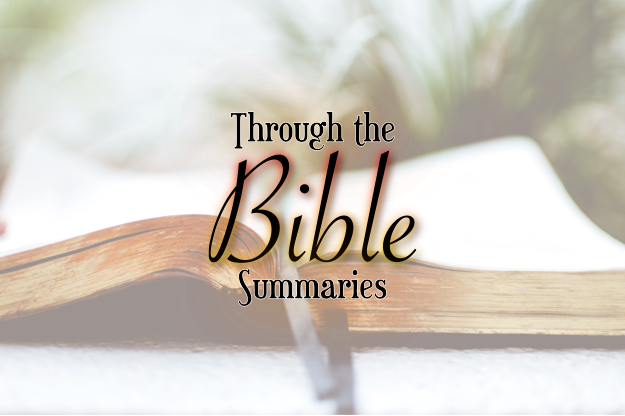Bulletin Articles
Ezekiel’s Message
 Ezekiel’s Message
Ezekiel’s Message
Ezekiel is one of the prophets of the Babylonian exile. Indications are that he would have been among the captives taken in 597 B.C. He was still a relatively young man and married, but his wife died while in captivity. While Daniel’s message was to the Babylonian administration, Ezekiel’s message was to the Jewish captives directly. The time given by Ezekiel for when the word of the Lord came to him would be at about 592 B.C. (1:1-2).
The theme of the book of Ezekiel is, essentially, the Glory of the Lord. The opening visions of the book are about God’s glory. They would have been overwhelming to behold. Imagine a storm with bright light flashing. Figures resembling four living beings appear. They had human-like forms, but with four wings. The face of each looked like a man, a lion, a bull, and an eagle. Two wings were spread out to touch one another, and the other two wings covered their bodies. In their midst were burning coals, lit up, darting back and forth while the living beings also ran “to and fro like bolts of lightning” (1:14). Each had a wheel next to them, full of eyes, and they moved with the creatures. Over their heads was an expanse, then a sound like the voice of the Almighty, then a throne. A figure appears, lit up with radiance, and this was the Glory of Yahweh. Ezekiel fell to his face.
That opening scene sets the stage for the rest of the book (compare with Isaiah 6 and Revelation). God then called Ezekiel and told him:
“I am sending you to them who are stubborn and obstinate children, and you shall say to them, ‘Thus says the Lord God.’ As for them, whether they listen or not—for they are a rebellious house—they will know that a prophet has been among them. And you, son of man, neither fear them nor fear their words, though thistles and thorns are with you and you sit on scorpions; neither fear their words nor be dismayed at their presence, for they are a rebellious house. But you shall speak My words to them whether they listen or not, for they are rebellious.” (2:4-7)
Ezekiel was given the commission to be a “watchman” to the house of Israel, to give them the warnings they needed to hear. As with other prophets, his was a message of repentance. In a nutshell, the message is this: if the wicked man turns from wickedness, he can be blessed. If the righteous man turns from righteousness, he will die (see ch. 3).
In chapters 4-7, Ezekiel speaks of the coming destruction of Jerusalem. Bearing in mind that Ezekiel began in 592 B.C., and Jerusalem was destroyed in 586 B.C., there is some time in which he can address that coming situation. Why would Jerusalem be destroyed? Because “she has rebelled against My ordinances more wickedly than the nations and against My statutes more than the lands which surround her; for they have rejected My ordinances and have not walked in My statutes” (5:6).
Sadly, for all the wickedness practiced by God’s people, His glory would leave the temple (ch. 10). We find one of the saddest description of this process in chapter 10. “Then the glory of the Lord departed from the threshold of the temple…” (vs. 18). What had long been feared finally happened, and it happened only because the people failed to keep God’s covenant, then failed to repent when they had the opportunity.
A great deal of symbolism permeates Ezekiel, and this is part of what serves as the background to the New Testament book of Revelation. Even so, the message is clear. Israel was in captivity because they followed the path of sin and rebellion. Yet, there would still be hope in the future. After the fall of Jerusalem, there is restoration to come.
One of the great pictures of restoration is found in chapter 37, wherein we find that great depiction of the valley of dry bones and resurrection. Ezekiel is taken to this valley where he sees all of these dry bones spread out. He prophesied over the bones and they began to pull back together, with sinew and then flesh. Then life is breathed into them. This represented what God would do with His people. Israel and Judah would be reunited and one day the Davidic kingdom would be restored (through Christ). God’s dwelling place would once again be with His people.
By the end of the book, the focus is back on the temple. “Then he led me to the gate, the gate facing toward the east; and behold, the glory of the God of Israel was coming from the way of the east. And His voice was like the sound of many waters; and the earth shone with His glory (43:1-2). The temple and city are rebuilt, and the final words are these: “Yahweh is there” (48:35). Restoration is complete.
As a final thought, bear in mind that Christians now comprise God’s temple (Eph. 2:19-22). We are part of this great restoration who serve under the Davidic King Jesus, and our job is to glorify Him (1 Pet. 2:9). What a powerful mission!




